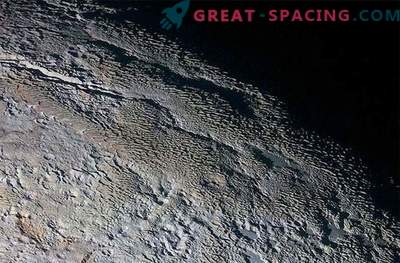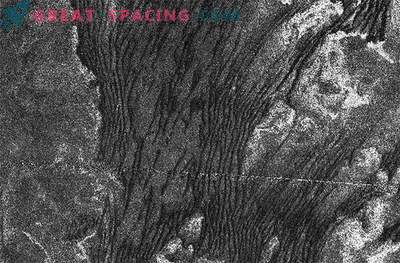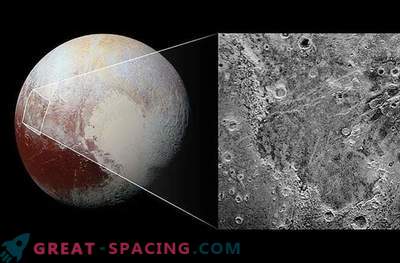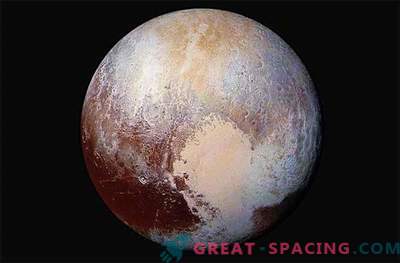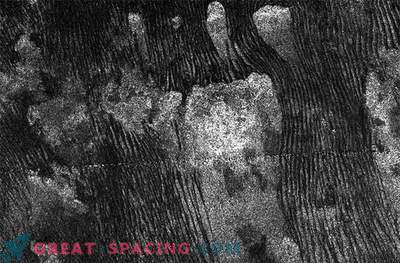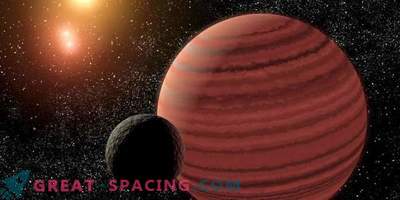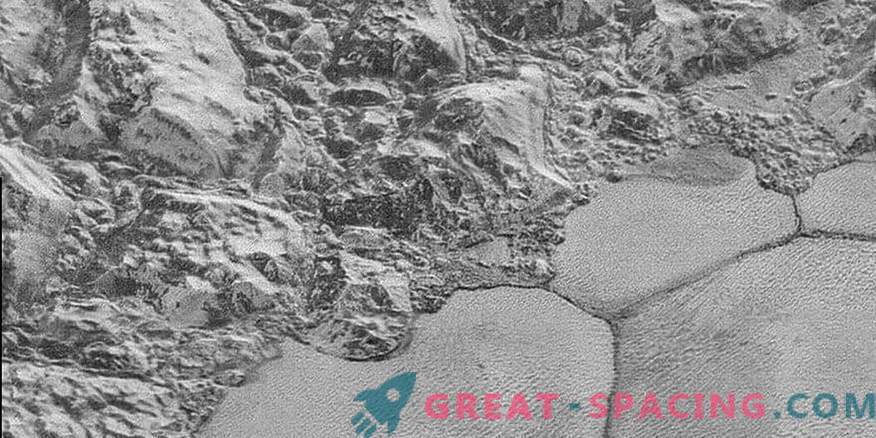
A snapshot from the New Horizons mission demonstrates a mountain range at the edge of the icy Sputnik plain. At the bottom of the frame are well seen dunes
Researchers have noticed dunes on Pluto. It is reported that they are probably created from methane ice grains released into a rarefied atmosphere. The findings are based on detailed images obtained in 2015 by NASA's New Horizons spacecraft.
The pictures showed that on the border of Sputnik plain there is an ice layer, which moves to a large mountain ridge. There is a series of dunes scattered over an area of 75 km. After a spatial analysis of the dunes and close wind waves on the surface, as well as spectral and numerical modeling, the researchers think that sublimation (converting solid nitrogen into gas) leads to the release of methane grains into the environment.
The grains are then transported by moderate Pluto winds (30–40 km / h) to the border of the icy plain and mountain range, providing the perfect location for such regular surface formations.
Scientists believe that the undisturbed morphology of the dunes and their connection with the underlying glacier ice indicates that the features have appeared over the past 500,000 years, or perhaps quite recently. The study was conducted by scientists from the University of Plymouth (Great Britain), the University of Cologne (Germany) and Brigham Young University (USA). They knew that every rocky body of our system with an atmosphere has dunes, but they were not expected to be noticed on Pluto. The atmosphere there is small, and the surface temperature reaches -230 ° C. Information from New Horizons provided a new level of detail, but had to work hard to explain how the formation process turned out in seemingly inappropriate conditions.
Under terrestrial conditions, one cannot do without a certain force of wind blowing sand particles into the air. But the winds by 20% were also weaker enough to maintain transportation. Pluto has a lower level of gravity and atmospheric pressure, which means that the necessary winds can be 100 times weaker than terrestrial ones.
Scientists plan to continue to study the history of the dunes of Pluto with the help of computer simulations that allow you to expand knowledge of the role the wind plays in the wider geology of Pluto.

